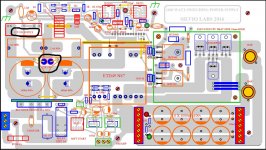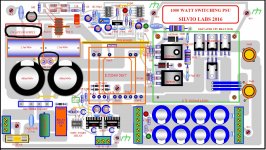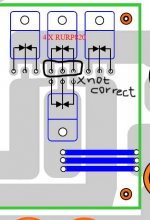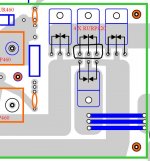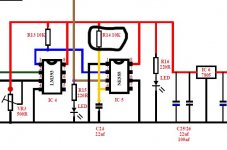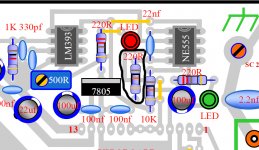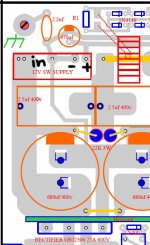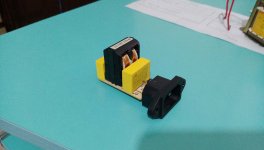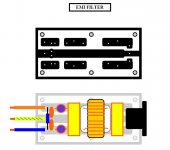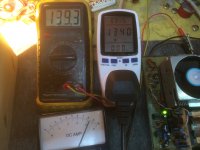Silvio
Well-known member
@Behrad,
The core material make a difference in the number of turns and this can vary between 18 and 22 turns for the primary. In that case if you have no means to know the core material of the trafo you bought then I have to keep a safe margin for you and go in the middle. You can always ask the seller you bought it from maybe he can tell you.
The core material make a difference in the number of turns and this can vary between 18 and 22 turns for the primary. In that case if you have no means to know the core material of the trafo you bought then I have to keep a safe margin for you and go in the middle. You can always ask the seller you bought it from maybe he can tell you.

